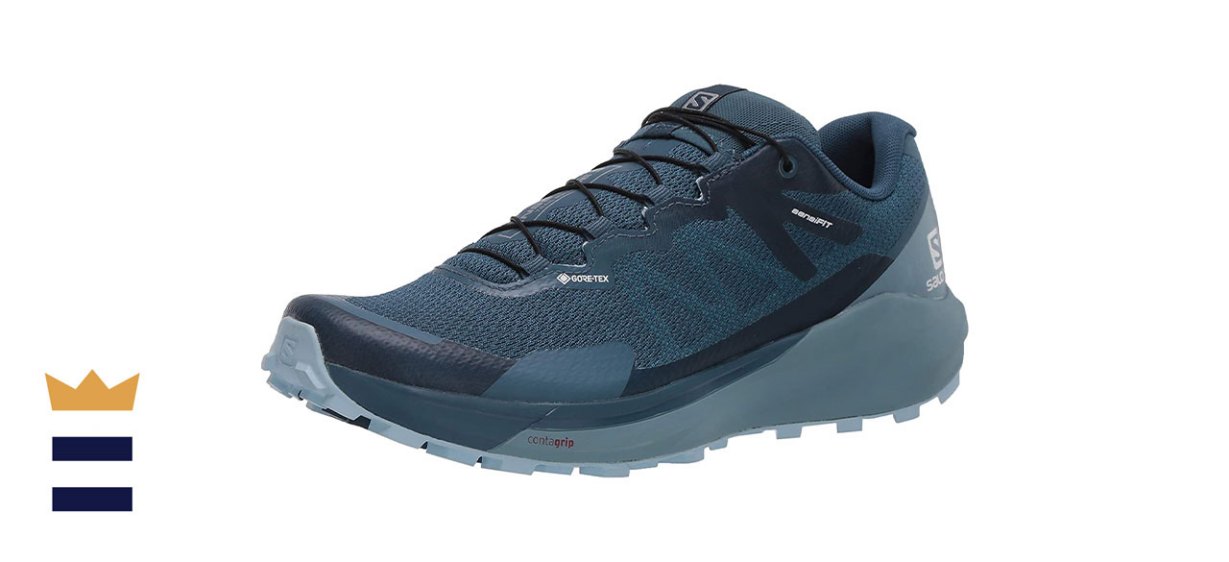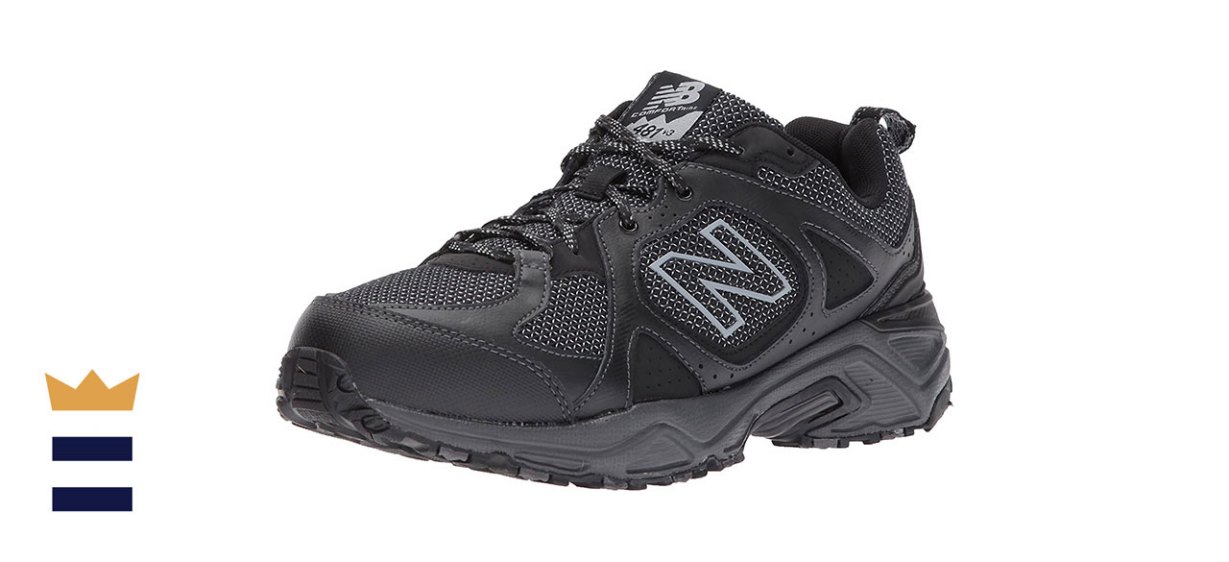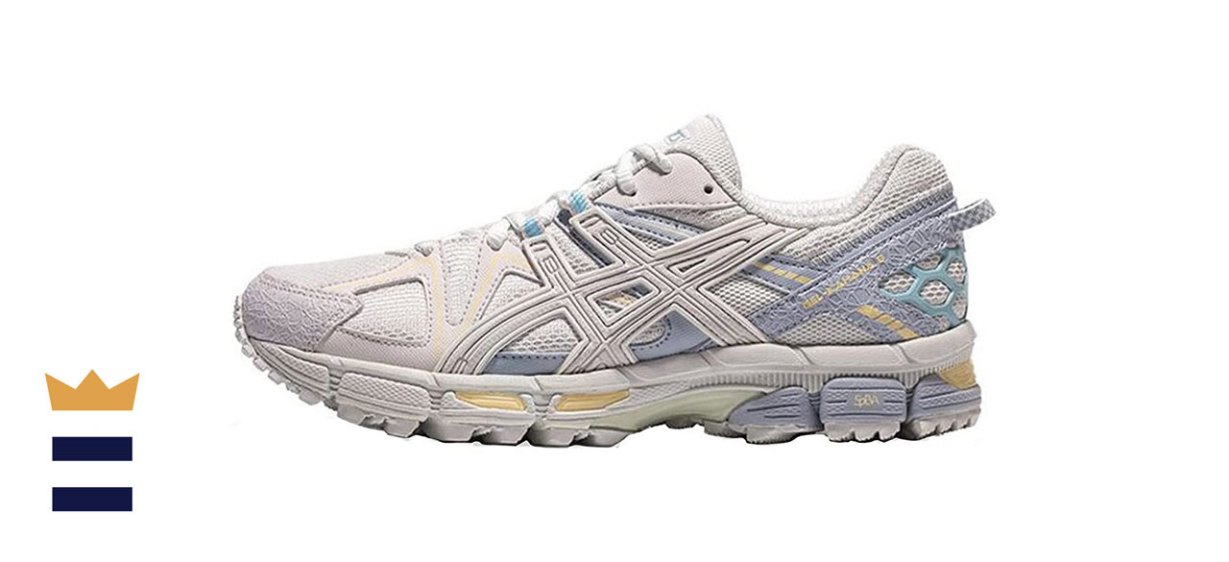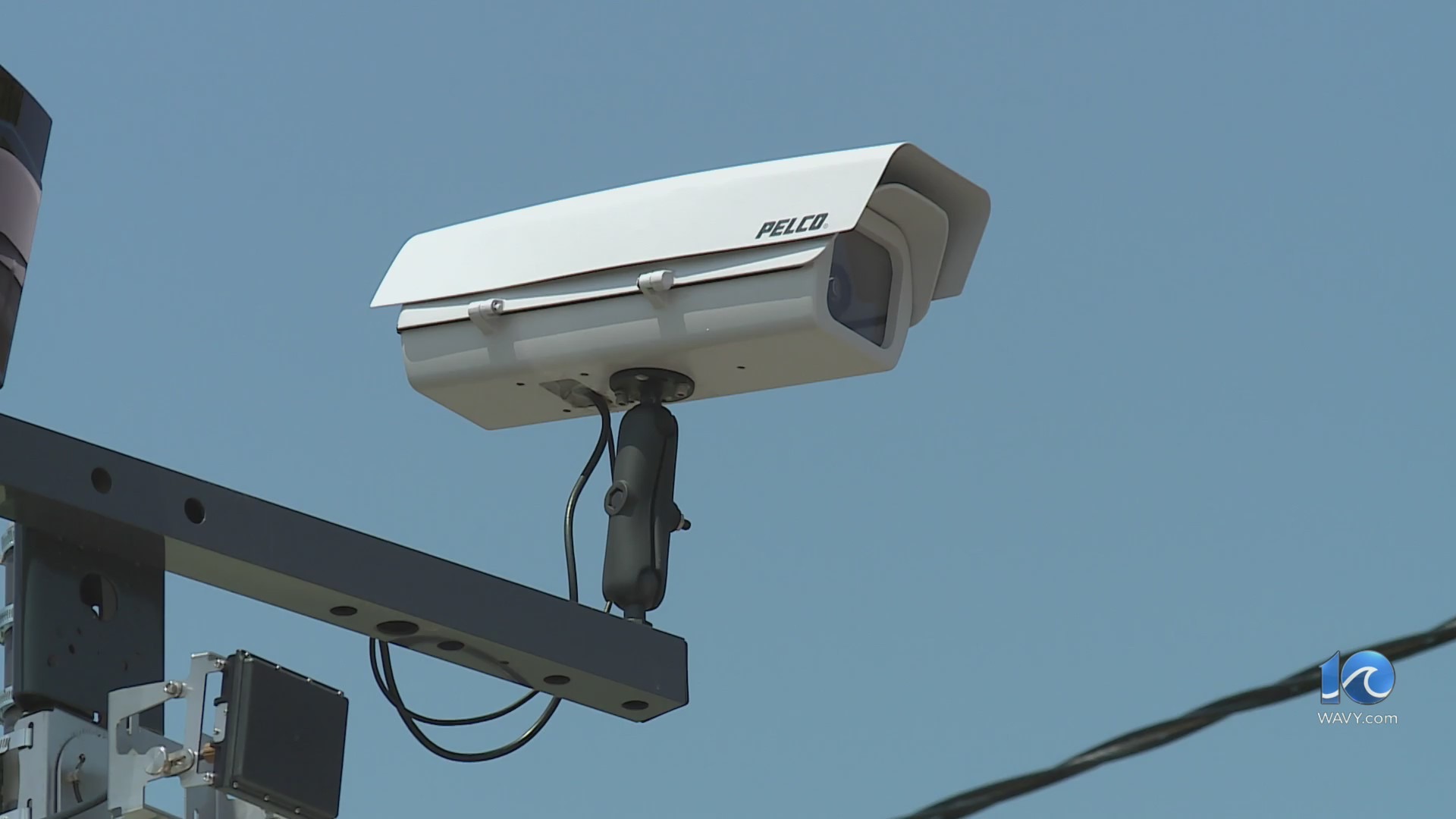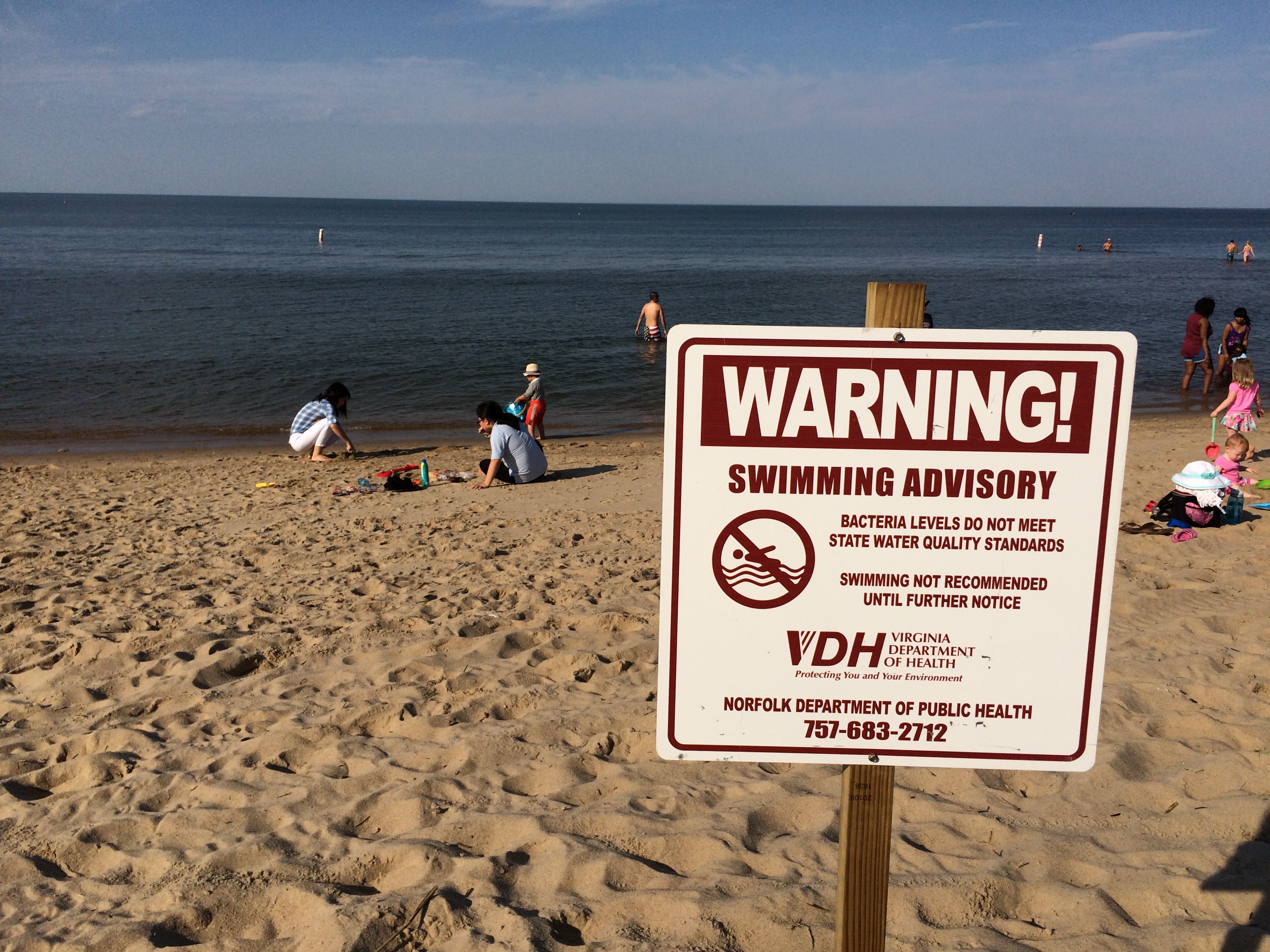Which trail running shoes are best?
Trail running combines invigorating physical activity with the peace and quiet of nature. Just over 9 million people annually embrace the benefits of combining nature with exercise. If you’re considering hitting the trail for a run, make sure your gear is ready. When you leave the consistency of pavement behind, things can get rocky — you’ll need a great trail running shoe.
If you’re looking for a shoe that is as at home on the trail as it is on the pavement, the Salomon Women’s Sense Ride 3 GTX Invisible Fit W is a great choice.
What to know before you buy trail running shoes
The considerations for both women’s trail running shoes and men’s trail running shoes are similar.
Proper fit
Even when the shoe size is the same, some trail running shoes just won’t fit your foot. The reason? The last — the form that shoes are designed around — is different from brand to brand. Some are wider and some dip into the mid-sole. Each last has its own peculiarities. You may need to try on several different brands to find that last that’s best for you.
The heel drop is another crucial part of proper fit. This measures the difference between the height of a shoe’s toe and its heel. The optimal heel drop is similar to the drop of your other shoes. This helps keep the integrity of your natural stride and prevents fatigue.
Type of shoe
Not all trail running shoes are suitable for all trails. There are four types, each designed for specific situations.
- Barefoot: These are best for smooth trails where little traction is needed. Runners report being able to better feel the terrain, but they do take some getting used to and won’t work on rocky trails.
- Off-trail: On the opposite end of the spectrum are off-trail shoes. These have stiffer construction that makes them similar to hiking boots. They may also be treated for water resistance, and they offer safety features (i.e., covered toe box, rock plates and heel brakes) to protect feet in the wilderness.
- Lightweight: This type of shoe more closely resembles its road-running counterparts. It can handle some debris and terrain but is still not well-suited for treacherous conditions.
- All-around: The traction and support of all-around trail shoes make them ideal for trails that are cut but less maintained. They have features to protect feet from trail hazards, and the traction is better.
Each of these shoe types offers a different level of cushioning, from barely-there to luxurious.
What to look for in quality trail running shoes
Traction
Traction patterns should be deep enough to offer excellent grip but not so deep that rocks and debris get stuck (which will eventually injure your feet and reduce traction). The pattern might also be varied to prevent slipping.
Protection
Trail running necessarily involves more risk to the feet and ankles than running on a sidewalk or paved path. Quality trail running shoes feature toe guards and rock plates as well as heel brakes to rate your speed on the downhill.
Sole thickness
The thickness of the sole is important. Too thick and you cannot feel the ground beneath your feet — not thick enough and you run the risk of injury or pain. Look for the middle ground that matches the terrain you expect to travel.
Durable uppers
The uppers on trail running shoes are thicker and stronger to protect feet against sharp sticks, rocks and other trail surprises. While this makes them slightly heavier and less breathable, this keeps feet safe.
Some shoes do have mesh inserts to improve breathability, but these will not be water-resistant. If you run frequently in wet conditions, stick with single-piece construction.
How much you can expect to spend on trail running shoes
Quality trail running shoes cost between $50-$250.
Trail running shoes FAQ
Why can’t you run in regular running shoes?
A. Some people run on trails for years with their regular running shoes. But there are a few features that make purchasing trail running shoes the better bet.
- Trail shoes have thicker soles.
- The lugs — the bumps that provide traction — are softer and larger.
- Mid-sole support is stiffer for more stability and comfort.
The differences may seem slight until you run your first major distance over rough ground. Trail running shoes are just better at the job of navigating the inconsistencies of running in the woods.
When do you replace trail running shoes?
A. The general rule of thumb is to replace your shoes every 300 to 500 miles. If you only run once a week, your shoes will last longer than if you hit the trail five times a week.
Some signs that it’s time to replace your shoes include:
- Treads are wearing out.
- The soles are wearing unevenly.
- Your feet start to hurt after runs.
- Your shoes have lost their springiness.
What are the best trail running shoes to buy?
Top trail running shoes
Salomon Women’s Sense Ride 3 GTX Invisible Fit W
What you need to know: These cross both pavement and rough terrain equally well.
What you’ll love: Grippy tread sheds rocks but offer excellent traction on steep terrain. The lace-tightening system provides stability and comfort. These are lightweight and allow you to feel the trail as you run.
What you should consider: This wider style may not work for narrow feet.
Where to buy: Sold by Amazon (available in a comparable men’s version)
Top trail running shoes for the money
New Balance Men’s 481 V3 Trail Running Shoe
What you need to know: Leather detailing offers style and durability.
What you’ll love: The padded collar is supportive and comfortable, cradling ankles over rough or uneven terrain. A rubber outsole is designed to avoid slipping with a patterned inlay. Inside the shoe, a padded mid-sole and solid arch support keep feet comfortable.
What you should consider: These are more narrow than other options.
Where to buy: Sold by Amazon (a women’s version is available, too)
Worth checking out
Asics Women’s Gel-Kahana 8 Trail Runner
What you need to know: This shoe has a firmer support system that works well on rough ground.
What you’ll love: The foot is supported with two separate systems. Gel cushioning in the heel, and spEVA mid-sole for the arches. The rubber outsole provides excellent traction. This shoe is lightweight but still feels substantial.
What you should consider: Some runners found the sole too stiff.
Where to buy: Sold by Amazon (a men’s style is also available)
Sign up here to receive the BestReviews weekly newsletter for useful advice on new products and noteworthy deals.
Suzannah Kolbeck writes for BestReviews. BestReviews has helped millions of consumers simplify their purchasing decisions, saving them time and money.
Copyright 2022 BestReviews, a Nexstar company. All rights reserved.


